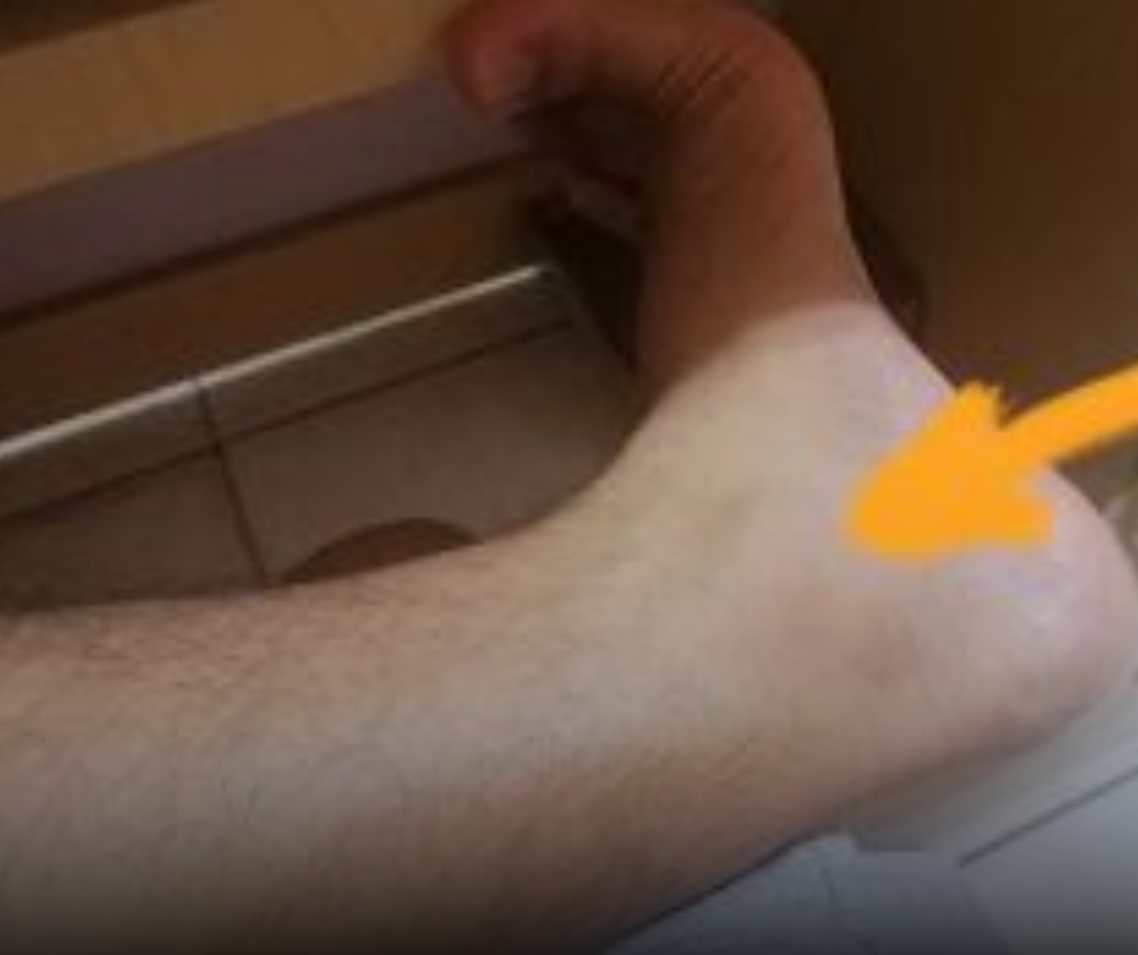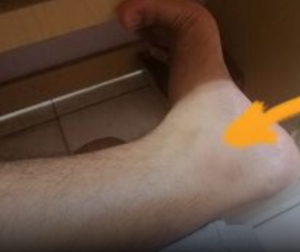
What happens to your body when you drink coffee every day?
How does your body change when you drink a cup of coffee every day? Drinking coffee daily can bring several…

When it comes to health, most people don’t give much thought to their feet. But medical experts warn that your feet can actually act like a “blood sugar meter.” They often show some of the earliest warning signs of diabetes — long before you get an official diagnosis. Ignoring these changes can lead to severe complications down the road.

Here are 8 common foot-related symptoms that may signal abnormal blood sugar levels:
One of the earliest signs is a “pins and needles” sensation in your feet. This happens because high blood sugar can damage nerves, a condition known as diabetic neuropathy. If left untreated, it can progress to complete loss of feeling.
Some people describe it as a burning, stabbing, or electric-like pain in their feet. This discomfort often gets worse at night and is linked to nerve damage from unstable sugar levels.
High blood sugar affects circulation, which slows the healing process. Even a small blister or cut on the foot may take weeks to heal — a dangerous sign that should not be ignored.
Poor circulation caused by high sugar levels can make fluid build up in the lower legs. If you notice your shoes feeling tighter or see persistent swelling, it may be a red flag.
Cold feet, pale toes, or unusual redness can all point to circulation problems. In some cases, the skin may even look shiny or thin. These are common signs of vascular issues linked to diabetes.
Fungal infections like athlete’s foot, or recurring bacterial infections, are more common in people with high blood sugar. The weakened immune system struggles to fight off germs, making the feet more vulnerable.
Open sores on the feet are one of the most serious complications of diabetes. Because of poor circulation and nerve damage, patients may not feel the ulcer developing, allowing it to worsen without treatment.
Unusual odor or excessively dry, cracked heels can also be linked to uncontrolled blood sugar. These changes create openings for bacteria and infections to enter.
Many people with prediabetes or diabetes fail to recognize these symptoms, brushing them off as minor issues. But experts warn that ignoring foot changes can eventually lead to severe nerve damage, chronic infections, and even amputations.
The good news is that early detection makes a huge difference. By paying attention to these warning signs, you can take action before complications become irreversible.
Check your feet daily: Look for cuts, blisters, or color changes.
Maintain good hygiene: Wash and dry your feet thoroughly, especially between the toes.
Wear proper footwear: Comfortable shoes that protect your feet are essential.
Visit your doctor: If you notice any of the above symptoms, seek medical advice immediately.
Your feet may be telling you more about your health than you think. If you frequently notice numbness, swelling, or wounds that won’t heal, don’t ignore them. These could be your body’s way of signaling abnormal blood sugar levels — and catching the problem early could save your health in the long run.

How does your body change when you drink a cup of coffee every day? Drinking coffee daily can bring several…

In everyday life, many plants that grow along roadsides or in gardens are often dismissed as worthless “weeds.” However, according…

Cervical cancer is often called a “silent” disease because it can develop without obvious symptoms in its early stages. Many…

Fruits are often seen as nature’s medicine — packed with vitamins, antioxidants, and fiber. But health experts caution that not…

When it comes to keeping your bones strong, calcium plays a crucial role. But did you know that some of…

According to the American Cancer Society, the average adult in the United States has about a forty percent chance of developing cancer during…

Ingredients: 2–3 oz chocolate fudge syrup Ice 4 oz full-fat whole chocolate milk 1 1/2 oz dark rum 1/2 oz…

Delicious and creamy treats that are perfect for any occasion! Ingredients: – 1 1/2…

How does your body change when you drink a cup of coffee every day? Drinking coffee daily can bring several…

A Grandmother’s Secret That Still Works Today Sometimes, the simplest home remedies passed down through generations turn out to be…

In everyday life, many plants that grow along roadsides or in gardens are often dismissed as worthless “weeds.” However, according…

A creamy, cheesy seafood filling packed with shrimp and crab, baked to perfection…